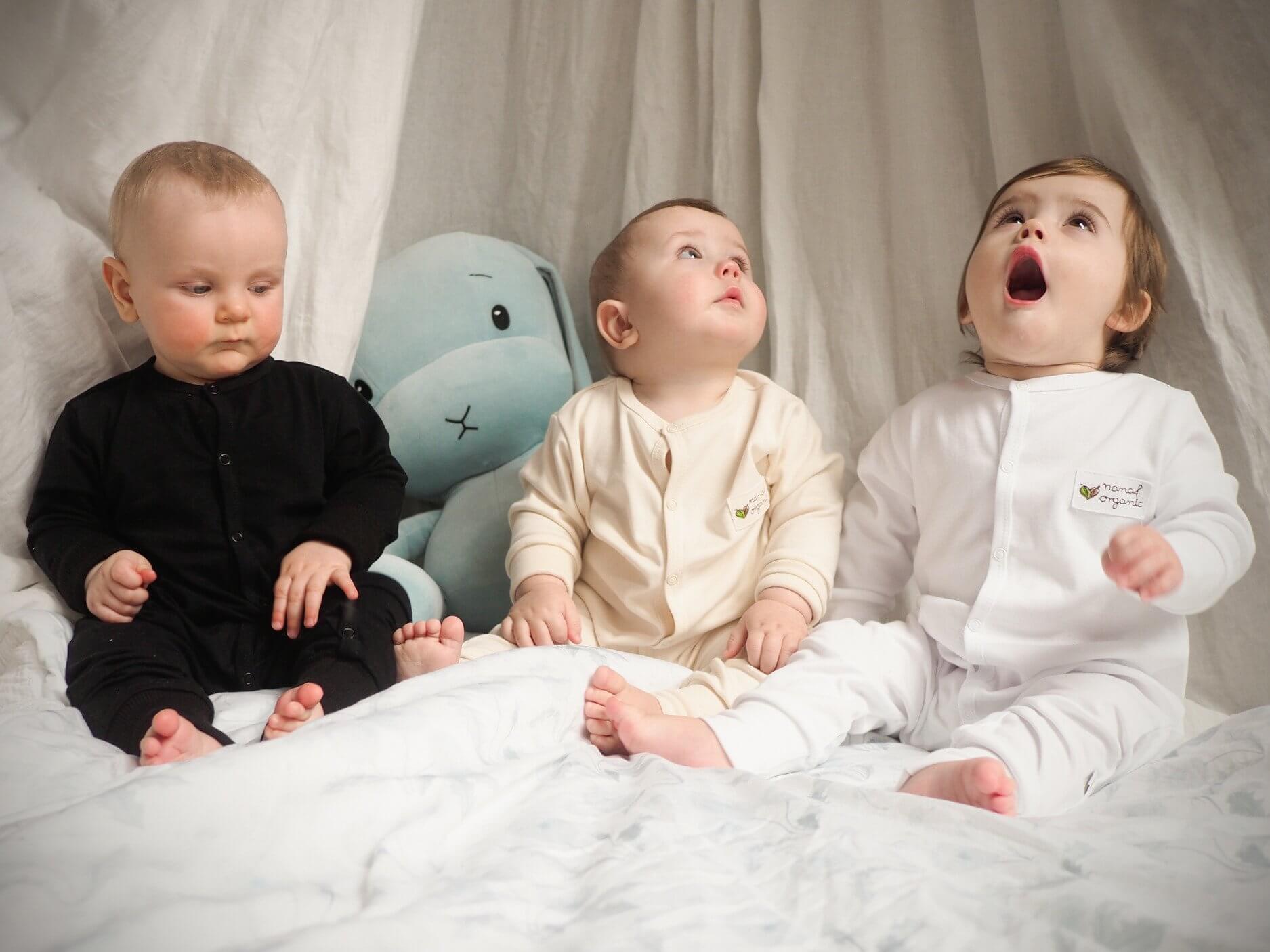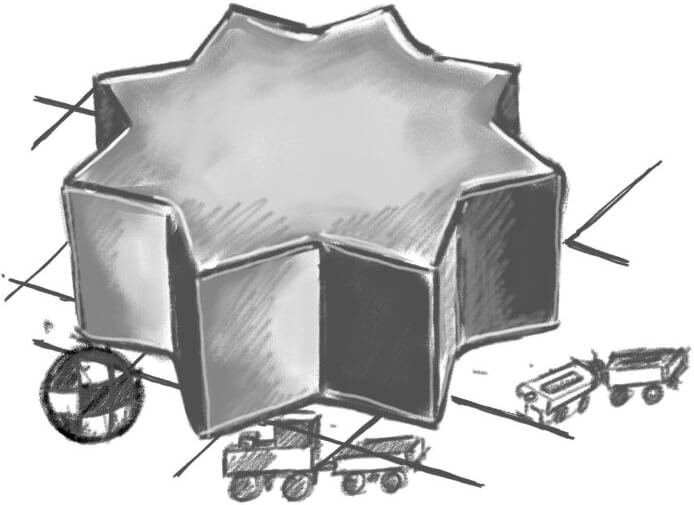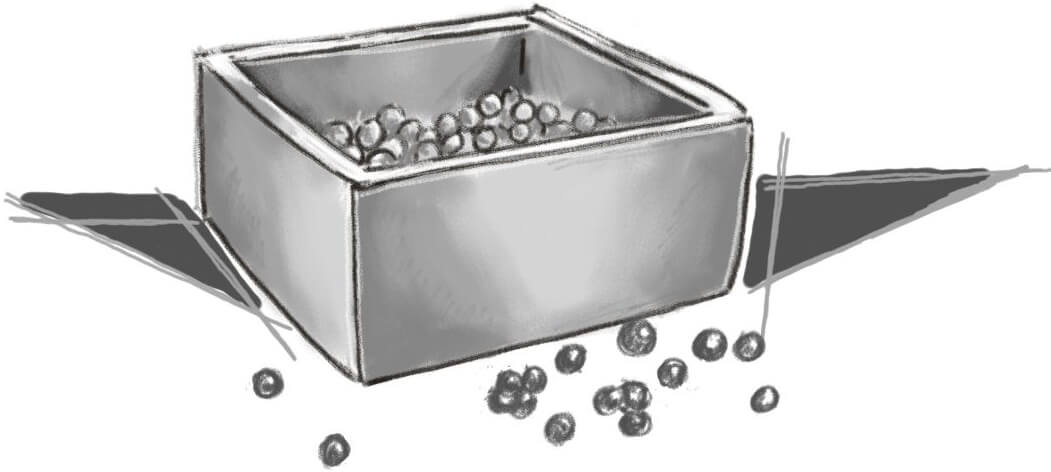Developmental jumps in the first year of a child’s life
Developmental jumps accompany a child with the maturation of a toddler’s nervous system. In the first year of his life, there are as many as seven of them. They cause increased tearfulness, anxiety, sleep problems and irritability. When are the individual developmental spikes in a child? What are their symptoms?

Developmental jumps accompany a child with the maturation of a toddler’s nervous system. In the first year of his life, there are as many as seven of them. They cause increased tearfulness, anxiety, sleep problems and irritability. When are the individual developmental spikes in a child? What are their symptoms?
What are a child’s developmental leaps?
Developmental jumps are a turning point in the first year of a child’s life. A toddler’s brain is developing very intensively every day, so that it can process the stimuli from the outside world that come to it more and more thoroughly. Thanks to this, the toddler can acquire new skills, including motor skills. Every day the baby perceives, hears, understands and analyzes more. Such a quick sharpening of the baby’s senses sometimes causes little anxiety and confusion in the baby. Children very often become irritable, tearful, confused, cranky, and also have problems falling asleep and sleep restlessly.
How to recognize developmental spikes in babies?
Developmental jumps in children do not occur at the same time for all toddlers. Your baby may begin to look up, stand up, sit down or crawl, and even walk at different times than his peers. It is also perfectly normal that each toddler does not know what his slightly younger neighbour or cousin can do yet, as each toddler develops at a slightly different pace. A leap in development is influenced by many different factors, including genetic and environmental. Equally important are the character traits of a given child, which often make it choose certain activities. Therefore, the fact that our child does not acquire new skills very quickly, like his peer, does not mean that it should be a cause for concern, especially if everything seems fine.
It is important to observe the child’s continued development in acquiring physical and mental skills. Thanks to this, we will be sure that it is developing correctly in relation to its development path. Then also some backlogs will not be worrying. It is worth giving your toddler time, but this period should not be too long. Long delays can signal that an infant is having health problems that may affect later stages of development. Therefore, it is worth being vigilant and in case of any doubts about the child’s development rate, take him for a check-up to the pediatrician.
Child’s developmental leaps
Children constantly acquire new skills, develop and experience new stimuli. Of course, time is necessary for this, but you can more or less determine in which weeks the toddlers’ development spikes. There are seven of them in total and they last up to about 48 weeks of age. What are they characterized by? How can you recognize them?
The first developmental leap – 5th week
In the fifth week of a child’s life, his senses sharpen. The visual, auditory and olfactory stimuli now reach the baby much stronger and more clearly. In addition, the touch becomes more felt and the little one smiles for the first time. If, on the other hand, he acquired this skill earlier, now his smile becomes more conscious. A large number of changes may turn out to be frightening for a child, so you should make sure that our child remains calm and does not receive too many stimuli.
The second development leap – 7.-9. week
In the second month of life, the baby begins to notice even more. He sees that the hands belong to him and can control their movements. Of course, the infant does not yet have such coordination and precision of movements, but it clearly expands the concept of its own self. In addition, the child begins to distinguish between sounds, smell and taste, which means that the stimulus has different associations with it. The baby begins to raise its head, observe objects and try to grab them. The child starts making various short sounds and listening to them.
The third leap in development – week 11, 12
In the third month of a child’s life, the third developmental leap takes place. He develops skills that require eye-hand coordination. The toddler follows the objects with his eyes, pulls out his hands for them and, losing sight of them, turns his head behind them. The baby’s movements become smoother, which makes it easier for him to see the reality around him. During this time, you can also notice other new skills – everything that falls into the baby’s hands immediately lands in his mouth. This is because the mouth and lips are very much innervated and provide the baby with sensory stimuli. The child begins to notice more subtle differences in the environment.
The fourth leap in development – week 14 – 19
The fourth developmental leap is a real breakthrough for a child. There is a flood of new abilities and the baby becomes an increasingly active participant in family life. In the first year of life, the toddler understands single words, and the sounds they make are enriched with consonants. The toddler reacts with joy to his own name and is interested in his reflection in the mirror. This is how he gets to know himself. In addition, the child begins to associate the sequence of simple events and stretches out his hands because he knows that he will be picked up in his arms. Deliberately dropping toys allows him to watch them fall and behave after a fall.
The fifth development leap – week 22-26
The fifth and sixth month of life is the time when our child, who has so far been cheerful, brave, clinging to everyone, can change beyond recognition. It is during this period that your little one begins to notice that some people can be strangers and others close. He may react to strangers with crying and anxiety, and he welcomes his relatives with unbridled joy and a smile. Separation anxiety may appear very often after separation from parents, especially mother. In this way, our child rebels during separation, because the toddler begins to understand what physical distance is. In addition, the child’s movements become more precise day by day, he can grasp objects with his thumb and forefinger, and he often hits both toys against himself and takes things out of the box and then puts them back.
The sixth leap in development – week 33 – 37
The 6th jump is a breakthrough in terms of the development of a baby’s intelligence. During this time, he begins to understand the world slowly as his parents do. The infant begins to notice the logic and orderliness of the environment and recognizes cause-and-effect events. Additionally, he finds common features in objects, people, smells and sounds and begins to classify them. From that moment on, every child knows that the concept of a dog is not only a pet, but also any other animal that makes a certain noise. In this way, our child classifies animal sounds, assigning them to previously known species. During this time, our little one initiates play on his own, tries to gesticulate and discuss with sounds.
The seventh developmental leap – 41st – 48th week
It is the last of the developmental leaps in the first year of our child’s life. Yes, there will be more, but they will not be so noticeable. Our child will continue to sequence and categorize the world using all of its senses. He understands the sequence of events better and better and seems confused when something unforeseen happens. Parents can observe the development of these competences in a very simple way by taking a small test. If we put two of its favorite toys in the basket next to a child and then take one out unnoticed, the baby will be very surprised to see that he has only one item in the basket. The little one understands that objects do not disappear by themselves, and since nobody took them out, they should still be there. During this period, the child improves his physical abilities, which can be seen by starting to climb and coming off the couch.
Uwaga, opóźnienia w realizacji zamówień
Kochani KlienciW związku z dużym zainteresowaniem naszymi produktami mogą wystąpić opóźnienia w realizacji zamówień.
Dokładamy wszelkich starań by zrealizować zamówienia tak, by dotarły jeszcze przed świętami. Z naszej strony gwarantujemy, że wszystkie zamówienia złożone do 17 grudnia trafią jeszcze pod choinkę. Przepraszamy za niedogodności, dziękujemy za wyrozumiałość.
Życzymy Wesołych Świąt

Are you sure you want to add an empty pool with no balls?
You can choose any number of balls in different colors for the pool. Choose balls if you forgot. Add to cart if you don't need balls.


